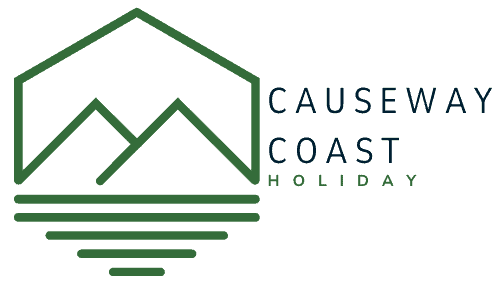What is Gaelic? It’s the Celtic language of the Gaels, integral to Ireland’s and Scotland’s identity. This article provides a concise overview of Gaelic — from its historical roots to its role in contemporary society — and how it continues to shape culture in the Celtic world.
Introduction to Gaelic
Gaelic, often referred to as Scottish Gaelic, is a beautiful language with deep roots in Scotland’s history and identity. As the founding language of Scotland, it belongs to the Goidelic branch of the Celtic languages, closely related to Irish (Gaeilge) and Manx (Gaelg). For centuries, the Gaelic language has been woven into the fabric of Scottish life, shaping the culture, traditions, and sense of belonging among Gaelic speakers, known as Gaels.
The history of Scottish Gaelic stretches back to the early medieval kingdom of Dál Riata, where it flourished as the language of the Highlands and Islands. Over time, Gaelic became a symbol of Scottish heritage, influencing place names, music, literature, and daily life. Despite facing challenges and decline, the language remains a vital part of Scotland’s story.
Today, efforts to revitalize and sustain Gaelic are stronger than ever. Initiatives such as Gaelic Medium Education (GME) allow children to learn and use Gaelic in schools, helping to nurture new generations of speakers. The National Gaelic Language Plan, supported by the Scottish Government and organizations like Bòrd na Gàidhlig, sets out strategies to promote and protect the language across Scotland. For many Gaels, speaking Gaelic is not just about communication—it’s about preserving a unique cultural legacy and celebrating the rich tapestry of Scottish history.
Key Takeaways
- Gaelic, as part of the Celtic language family, has its roots in the migrations of the Gaels and is a critical component of Irish and Scottish culture, with distinct languages such as Irish Gaelic and Scottish Gaelic evolving from common origins and sharing enough characteristics to be mutually intelligible to some degree.
- The Gaelic Revival movement of the late 19th century greatly impacted the preservation and promotion of Gaelic language and culture; this is evident today in the integration of Gaelic in education systems, media, and the establishment of Gaeltacht regions in Ireland where Gaelic is the primary spoken language.
- Modern access to Gaelic has expanded with digital resources, offering diverse methods of learning and fostering bilingualism through online tools, apps, and community events, thus ensuring the language’s relevancy and vitality in contemporary society and contributing to its global cultural impact.
The Origins of Gaelic
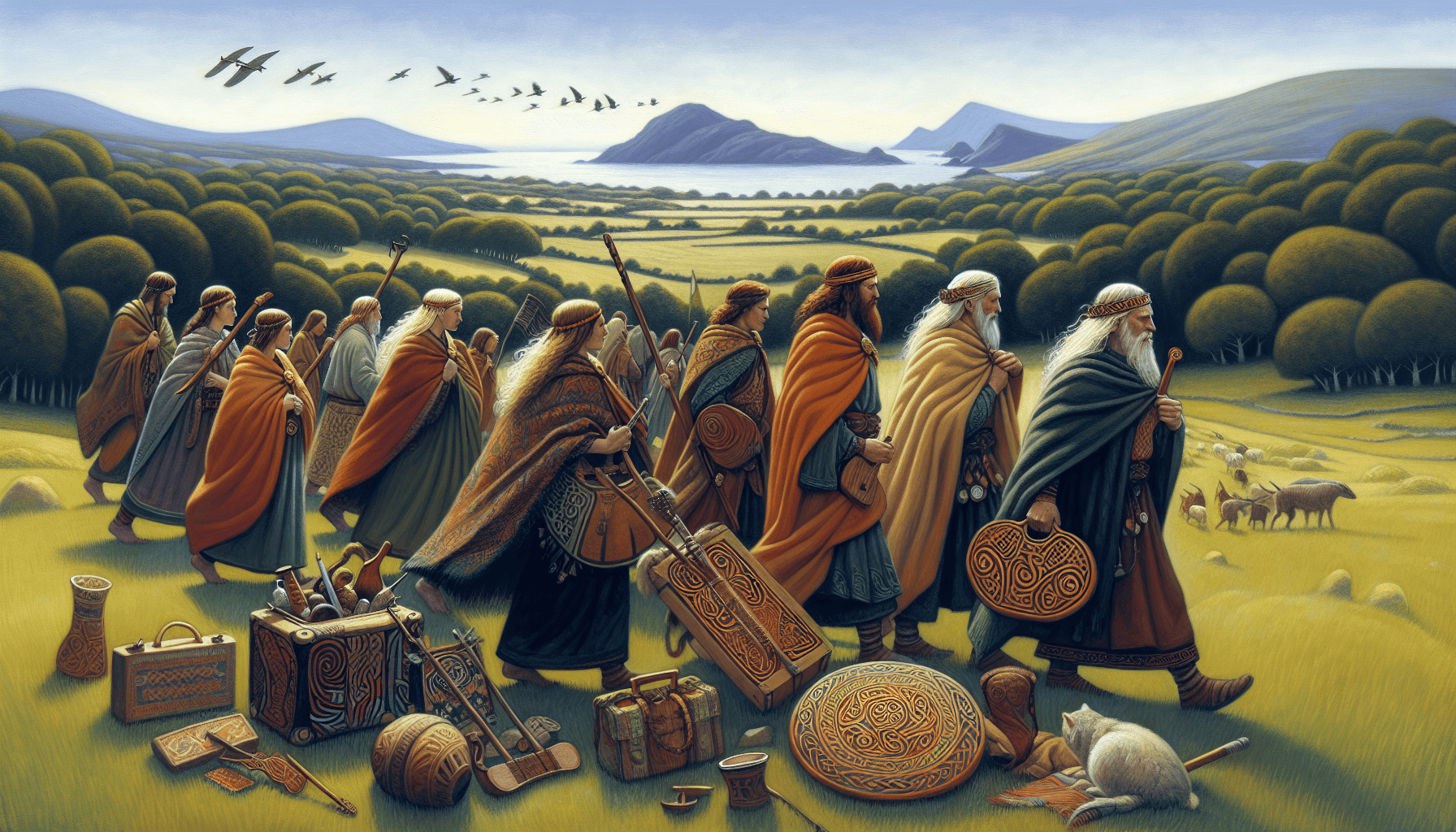
Gaelic language originated from the Celtic language family. Being a member of this group, Gaelic has common roots with other Celtic languages and is an official language in Ireland. The Gaels, a Celtic group, played a significant role in the development and spread of the Gaelic language and culture. Known for their trade relations with the Roman Empire, they also contributed to the colonization of various parts of Europe and established the Irish-speaking community.
Gaels, originating from North Eastern Ulster in Ireland, introduced the Gaelic language to Ireland and Scotland and settled in Dál Riata in western Scotland. This led to the establishment of a vibrant Gaelic-speaking community. Various theories suggest that the migration of the Gaelic peoples, and their spread of language and culture from Ireland to Scotland, played a key role in the evolution of Classical Modern Irish.
During this period, the Pictish language was also spoken in early Scotland, and its interaction with Gaelic influenced the linguistic landscape of the region.
Celtic Language Family
Evolving from Proto-Celtic, the Celtic language family is a branch of the Indo-European language family. The six Celtic languages are a distinct group within this family, each with its own historical origins and current status. Gaelic is one of the six Celtic languages and is an official language in Ireland. The six Celtic languages are:
- Irish
- Scottish Gaelic
- Manx
- Welsh
- Cornish
- Breton
All of these are currently spoken languages within the Celtic languages branch of the Indo-European family.
These languages are renowned for their unique phonological features, such as the emergence of a double series of consonants in Insular Celtic, and a highly inflected grammar that preserves numerous traits of Proto-Indo-European morphology. Early Modern Irish is a historical stage of the Irish language that showcases some of these features.
Migration of Gaels
Many historical linguists have shown interest in the migration of Gaels, a people of Gaelic origin whose cultural traditions and language played a significant role in shaping Scottish identity. The Gaels brought Gaelic to various regions, including:
- Scotland from Antrim in Ireland over 1500 years ago
- Irish Sea and Scottish Sea regions
- Brittany
- Northern Britain
- Eastern Nova Scotia and Cape Breton
The Irish-speaking population has its roots in these migrations.
The migration of the Gaels throughout Europe was motivated by their aspiration to propagate and entrench their culture, as well as the necessity to accommodate the assimilation of the Celts in Central Europe into emerging societies and nations. The Gaelic language and culture have also had an impact on Northern Ireland. The Gaels interacted extensively with established communities in:
- France
- England
- Ireland
- Scotland
This led to substantial interactions and connections between the Gaelic communities in Ireland and Scotland.
Irish and Scottish Gaelic: Distinct Yet Connected
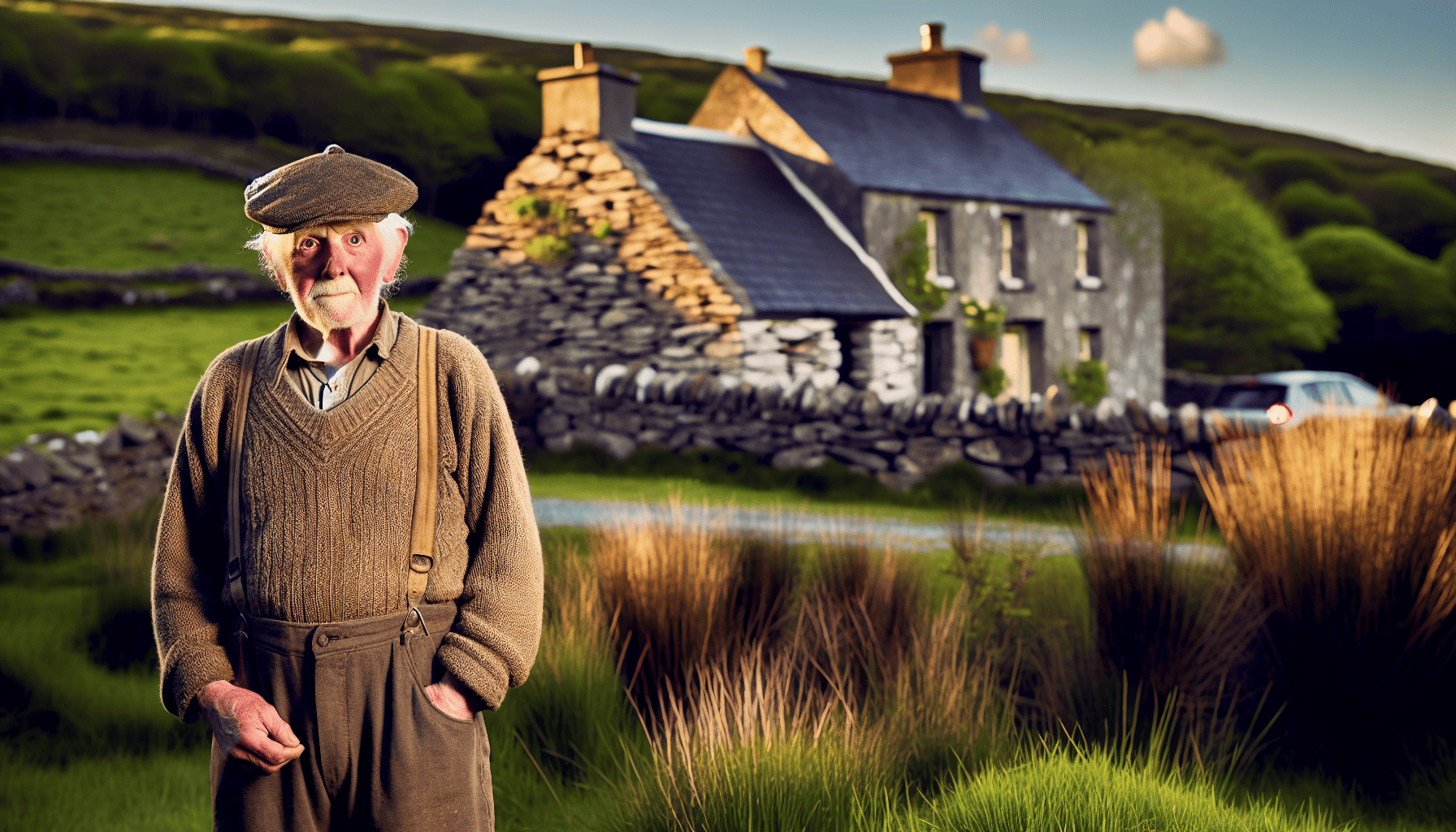
Despite being distinct, Irish and Scottish Gaelic languages (with Scottish Gaelic also known as Scots Gaelic) share a common ancestor, Proto-Goidelic, allowing native speakers to be part of the Gaelic-speaking community. These two languages evolved independently as distinct yet related languages within the Goidelic language group, each developing its own distinct vocabulary and linguistic characteristics.
Despite their differences, Irish and Scottish Gaelic languages share enough similarities to facilitate mutual intelligibility, although it is not guaranteed. The common origin in the Gaelic language family has resulted in shared linguistic features between spoken Irish and Scottish Gaelic, making it an intriguing study of linguistic divergence and convergence.
Irish Gaelic
Irish Gaelic, or Gaeilge, boasts a rich historical background dating back to the arrival of speakers of Celtic languages in Ireland and the earliest known form of written Irish in the fifth century. Native Irish speakers are part of the vibrant Gaelic-speaking community.
Irish Gaelic possesses distinguishable features, including:
- The absence of words for yes and no
- Inflected prepositions
- Words that change their beginnings
- Verb mutations
- A complex system of declensions
This unique language is utilized in different regions of Ireland, referred to as Gaeltacht, where the Irish language is the predominant or primary spoken language. A total of 1,761,420 proficient Irish Gaelic speakers reside in Ireland.
Scottish Gaelic
Scottish Gaelic, like its Irish counterpart, can be traced back to the 10th Century and is thought to have been introduced to Scotland from Ireland. However, Gaelic gradually disappeared from certain regions of Scotland over time. Despite this, Scottish Gaelic is still used in modern Scotland, with 58,000 people able to speak the language, and it is considered significant to Scotland’s cultural heritage. Gaelic’s status is recognized as that of an endangered and minority language, with UNESCO classifying it as “definitely endangered” and it holding legal recognition within Scotland.
Scottish Gaelic distinguishes itself from Irish Gaelic in several ways, such as the aspirate linker h- being consistently hyphenated in Scottish Gaelic, whereas in Irish Gaelic it is affixed to the start of the word. Furthermore, the accent marks incline to the right in Irish Gaelic and to the left in Scottish Gaelic.
The Gaelic Revival and Modern Usage
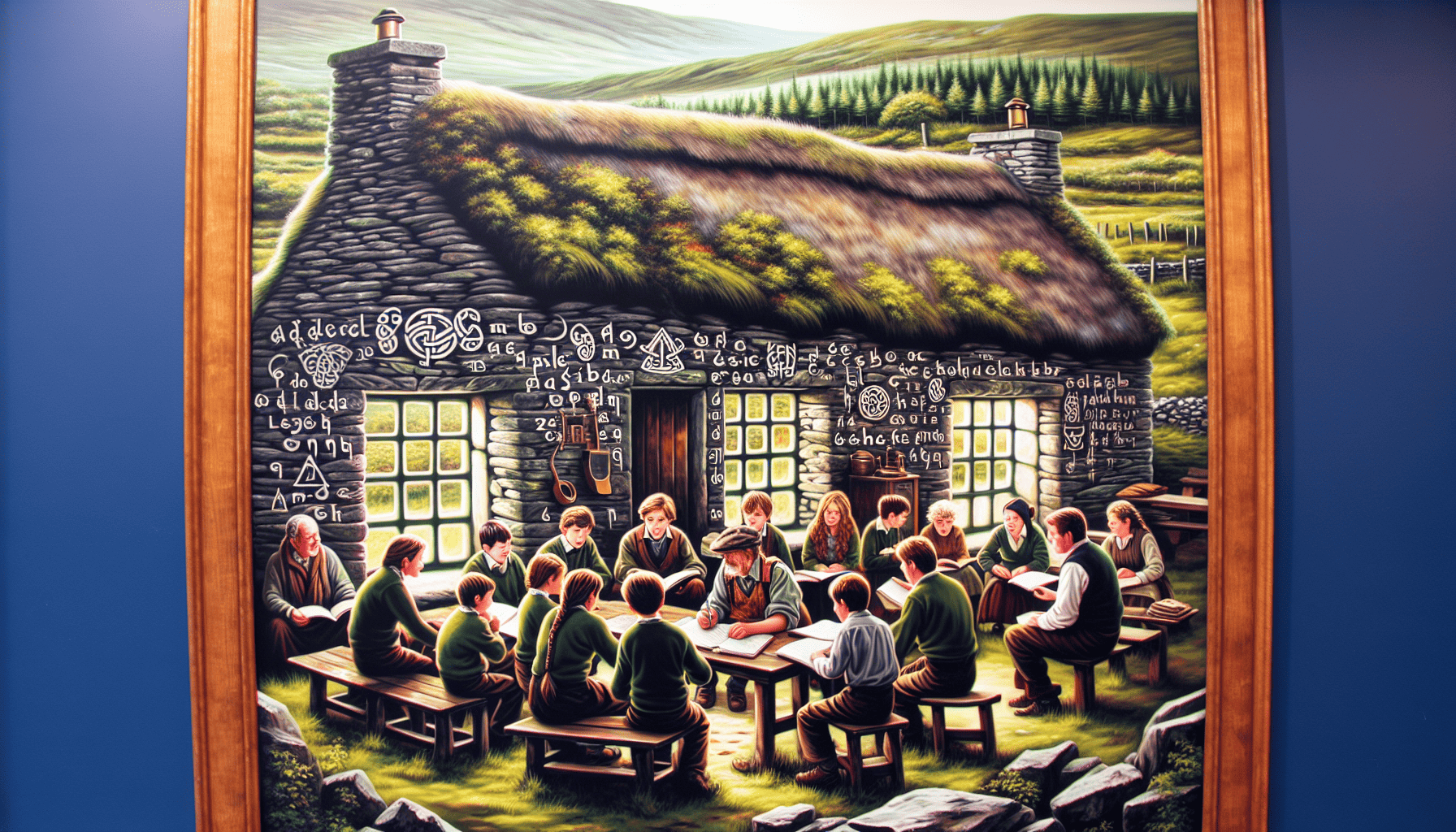
The Gaelic Revival movement in the late nineteenth century triggered a renewed interest in the Irish language, literature, history, and folklore. It played a significant role in revitalizing the Gaelic language and strengthening national identity in the Highlands of Scotland. Prominent individuals involved in this movement included Charles Parnell, John Redmond, Willie Redmond, and Douglas Hyde, who all played significant roles in promoting Irish culture and language.
Gaelic has since received official recognition as a language of Scotland, most notably through the Gaelic Language (Scotland) Act 2005. The Scottish Parliament enacted this legislation, with Scottish Ministers overseeing its implementation and supporting policies that promote Gaelic language development and education.
This movement led to notable shifts in both the usage and perception of Gaelic in these areas. Gaelic is now part of the school curriculum and is promoted through different mediums like radio, television, and literature.
Gaeltacht Regions
The establishment of Gaeltacht regions in Ireland was influenced by the Gaelic revival movement during the early years of the Irish Free State in the 1920s. These regions, located in parts of:
- Donegal
- Mayo
- Galway
- Kerry
- Cork
- Meath
- Waterford
These regions were designated as areas where the Irish language, one of the official languages, was the primary spoken language. Today, about 2% of Ireland’s population resides in these regions.
To preserve the Gaelic language in these regions, various programs and policies have been established. These initiatives aim to protect its unique features and promote its regular use within the community. These initiatives demonstrate the ongoing commitment to preserving Gaelic as a living language.
Gaelic Education and Media
In addition to Gaeltacht regions, the Irish government promotes Gaelscoileanna at all educational levels from preschool to post-primary and third-level, aimed at promoting fluency and cultural involvement among students. Similar support is provided by the Scottish government for Gaelic-medium education in 14 of the 32 education authority areas. Gaelic medium schools and Scottish schools play a crucial role in promoting Gaelic education and revitalizing the language. Additionally, many colleges offer Gaelic language courses and degrees, providing further opportunities for learners to engage with the language at higher education levels.
In the realm of media, well-known Irish-language radio stations such as Raidió na Gaeltachta and Raidió na Life play a significant role in promoting Gaelic by offering content in Irish that appeals to diverse communities and interests. BBC Alba is a key broadcaster of Gaelic-language programming across the UK and Europe, with MG Alba as a partner organization supporting and funding Gaelic media initiatives.
Global Connections
The Gaelic language is not only central to Scotland’s identity but also part of a wider family of Celtic languages that span the British Isles and beyond. Alongside Irish Gaelic, Manx Gaelic, Welsh, Breton, and Cornish, Scottish Gaelic forms a vibrant network of languages that share ancient roots and cultural ties. This interconnectedness is celebrated by Gaelic speakers and learners who see themselves as part of a global Celtic community.
Organizations such as the Scottish Government and Bòrd na Gàidhlig play a key role in fostering these connections, supporting language development and cultural exchange with other Celtic nations. Events like World Gaelic Week (Seachdain na Gàidhlig) bring together people from across the world to celebrate na Gàidhlig—the Gaelic language—through music, storytelling, and community activities. These gatherings highlight the enduring bonds between Gaelic speakers in Scotland, Ireland, the Isle of Man, and further afield.
Gaelic’s influence extends beyond the Celtic world. The language has left its mark on Scots, Scottish Standard English, and even other European languages, with loanwords and expressions that reflect centuries of contact and exchange. In countries like Ireland, Canada (especially Nova Scotia and Cape Breton), and the United States, Gaelic remains a living link to ancestral heritage, with communities and organizations dedicated to its preservation and revival.
Through these global connections, the Gaelic language continues to inspire language enthusiasts, unite the Gaels, and enrich the cultural landscape of the British Isles and the wider world. Whether through education, music, or international events, Gaelic’s story is one of resilience, adaptation, and shared heritage.
Learning and Speaking Gaelic Today
With the advent of the digital age, Gaelic has become more accessible to learn and speak than ever before. Apart from traditional methods like attending language courses or living in Gaeltacht regions, learners can now make use of various online resources, mobile applications, and community events to enhance their Gaelic skills.
Studies show that language immersion is a highly effective method for learning Gaelic and that speaking Gaelic does not negatively affect English proficiency. In fact, bilingualism can offer additional opportunities, making it a worthwhile endeavor.
Language Courses
For those who prefer a structured learning environment, various language courses are available, ranging from beginner to advanced levels. These courses offer comprehensive syllabi that cover:
- grammar
- vocabulary
- pronunciation
- cultural context
Public bodies, such as Bòrd na Gàidhlig and Local Authorities, play a key role in supporting the development and availability of Gaelic language courses.
This provides learners with a holistic understanding of the language.
For intermediate and advanced learners, institutions like Oideas Gael and Gael Linn offer specialized courses designed to further improve their language proficiency. Depending on the learner’s commitment and regularity of practice, attaining proficiency in Gaelic through language courses can vary from a few months to several years.
Online Resources and Apps
With the digital age, a plethora of resources for Gaelic learners are available online. Online platforms such as:
- TG4
- Forvo
- Teanglann
- Duolingo
- Transparent Language Online
- Ranganna.com
provide various learning materials, exercises, and interactive lessons that cater to different learning styles and proficiency levels.
Mobile applications such as Duolingo and Pimsleur also offer a flexible and convenient way to learn Gaelic. These user-friendly apps provide interactive lessons and exercises that allow learners to practice their skills anytime, anywhere.
Immersion and Community Events
Participating in Gaelic community events provides a more immersive learning experience for those interested. Events such as the Gaeltacht Summer Immersion Week, annual events in Ireland by Irish Language Learners, and Chances to Chat events provide opportunities for learners to practice Gaelic while engaging with the Gaelic-speaking community.
These events not only offer exposure to the language but also reinforce the bond with Gaelic heritage. Moreover, participating in community immersion offers the advantages of:
- Building fluency
- Enriching language skills
- Developing bilingualism
- Enhancing academic success
Gaelic in Literature and Arts
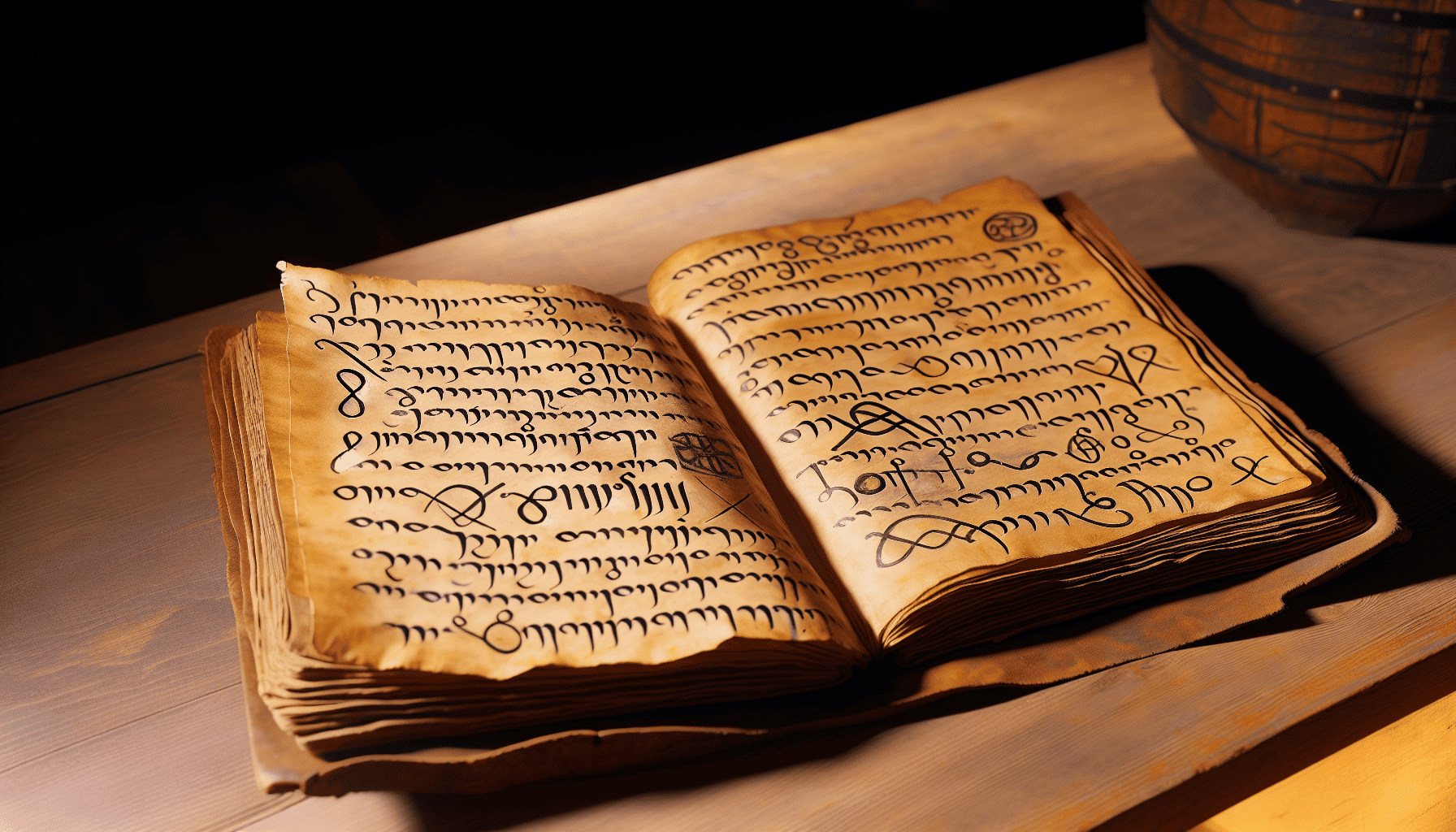
Gaelic boasts a rich literary and artistic tradition that extends from ancient times to the present. The word ‘Scot’ is derived from the Latin word ‘Scoti’, meaning Gaelic speaker, which highlights the historical connection between language and Scottish identity. As the third oldest literature tradition in Europe, Gaelic literature has significantly shaped Irish and Scottish cultures.
From its historical roots to its modern-day usage, Gaelic’s rich linguistic traditions have also left a mark on diverse areas such as literature, art, architecture, and design. This is evident in the unique characteristics of traditional Gaelic literature, which often encompasses themes of national self-expression, the spiritual importance of the land, the portrayal of rural life, and the significance of family and community.
Traditional Literature
Traditional Gaelic literature is renowned for its epic tales and folklore stories that have been passed down through generations. Some notable examples include:
- The Táin
- Oisin in Tir na nÓg
- Fionn Mac Cumhaill
- The Salmon of Knowledge
These stories offer invaluable insights into the Gaelic way of life and worldview.
Traditional Gaelic literature often delves into themes such as:
- the desire for national self-expression
- the spiritual importance of the land
- the portrayal of rural life
- the significance of family and community
- the intricate dynamics between Ireland and England
This rich tapestry of themes and narratives has significantly shaped the cultural landscape of Ireland and Scotland.
Contemporary Works
Contemporary Gaelic literature and arts continue to thrive, with new works being produced in various genres, including novels, poetry, and music. Contemporary authors such as Pádraig Breathnach, Micheál Ó Conghaile, Pádraig Ó Cíobháin, Eavan Boland, Patrick Freyne, Oein DeBhairduin, and Doireann Ní Ghríofa have made significant contributions to the literary world.
Notable recent contributions to Gaelic novels encompass literary works such as The Rachel Incident by Caroline O’Donoghue, Dirty Laundry by Disha Bose, and Trespasses by Louise Kennedy.
The contemporary Gaelic music scene is home to influential artists including:
- Emily McEwan
- Catherine-Ann MacPhee
- Loreena McKennitt
- Clannad
- Celtic Woman
- The Chieftains
- Cécile Corbel
- Alan Stivell
- Runrig
- Gaelic Storm
The Influence of Gaelic on English
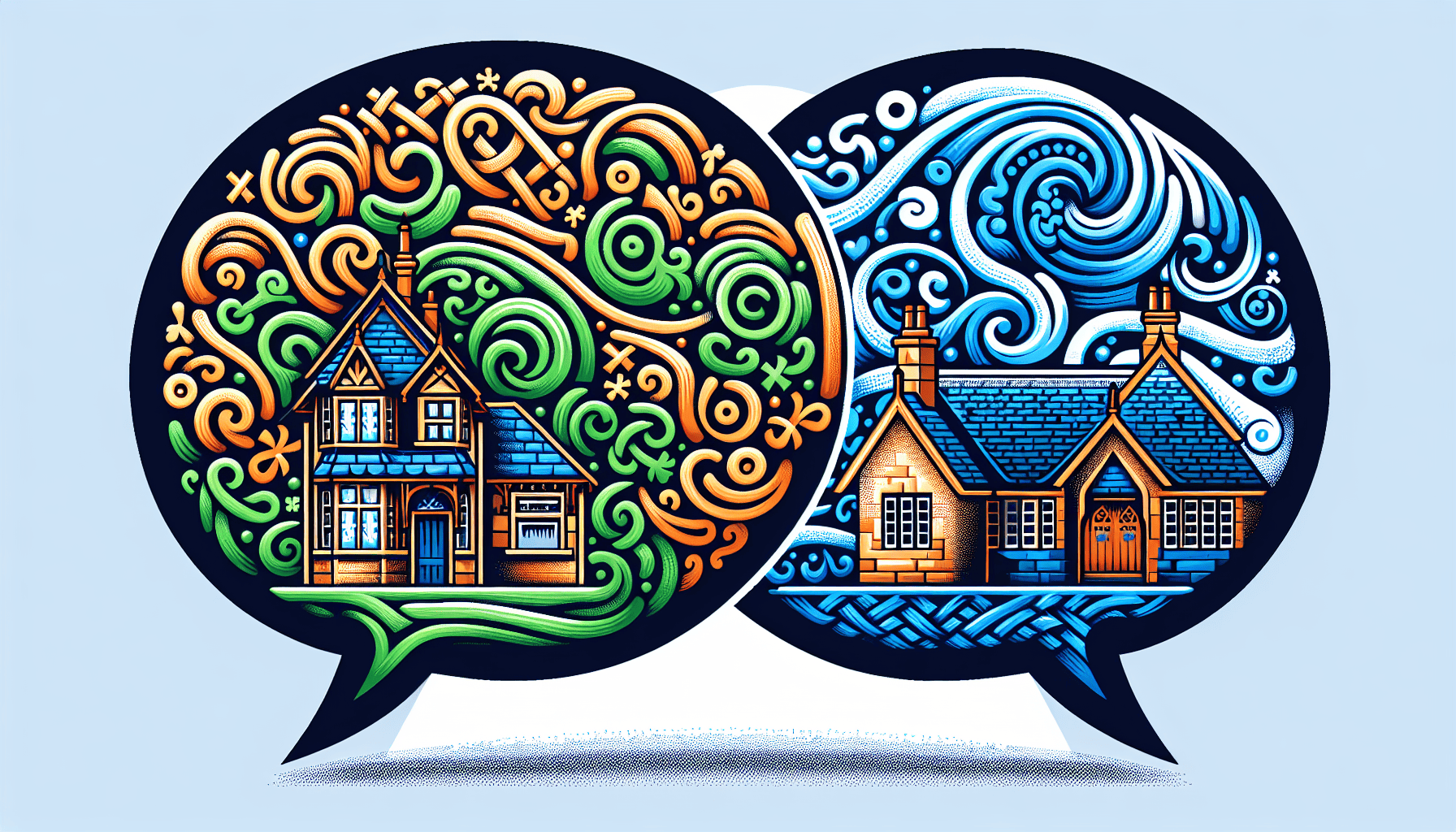
English, which developed from Old English—a Germanic language—evolved through centuries of interaction with Gaelic and other languages in the British Isles. Gaelic has significantly influenced the English language, especially in terms of vocabulary, grammar, and accent. As English developed alongside Gaelic in Ireland and Scotland, it inevitably absorbed elements of the Celtic languages, resulting in distinct dialects such as Hiberno-English and Scots-English.
The phonology of Scots-English has been impacted by Gaelic, as the two languages have certain sounds in common, such as the fricative ‘ch’ sound. Furthermore, Gaelic has exerted influence on the grammar and vocabulary of Scottish English.
Hiberno-English
Also known as Irish English, Hiberno-English includes the range of English dialects native to Ireland. The grammar of Hiberno-English has been influenced by Irish Gaelic, resulting in the incorporation of unique grammatical structures and vocabulary derived from the Irish language.
Specific Old Irish Gaelic vocabulary words such as:
- ages
- aul fella/ol’ lad/ol’ man
- aul one
- barry
- bate
- gargle
- gas
- gee
These words are often used by those who speak Irish and have a deep understanding of the language’s rich history and unique expressions.
have been incorporated into Hiberno-English, demonstrating the profound influence of Gaelic on this dialect.
Scots-English
Known as Scottish English, Scots-English comprises a range of dialects spoken in Scotland. These dialects have been significantly influenced by Gaelic, most notably in terms of vocabulary, grammar, and accent, such as the rhotic pronunciation of /r/ in the syllable coda and the use of rolling R’s and glottal stops.
Examples of Gaelic words in Scots-English include:
- Bothy
- Caber
- Corrie
- Machair
- Quaich
- Sporran
- Clan
- Whisky
- Claymore
These words showcase the rich linguistic influence of Manx Gaelic, Gaelic on Scots-English, further highlighting the intricate relationship between the Gaelic and English languages.
Summary
In conclusion, Gaelic is more than just a language; it’s a rich tapestry of history, culture, and identity. From its origins in the Celtic language family to its influence on English, Gaelic has left an indelible mark on the linguistic landscape of Ireland and Scotland. Whether through literature, arts, or daily conversation, the echoes of Gaelic continue to resonate, attesting to its enduring relevance in our modern world.
The Outer Hebrides, particularly the Western Isles, remain the stronghold of Scottish Gaelic, with the highest concentration of speakers relative to the overall Scottish population. These regions play a crucial role in the preservation and revitalization of the language today.
Frequently Asked Questions
Is Gaelic Irish or Scottish?
Gaelic refers to the language of Scotland, while in Ireland the language is simply referred to as Irish or Gaeilge. (No date)
What nationality is Gaelic?
Gaelic is the traditional language of Ireland and Scotland, belonging to the Goidelic branch of the Indo-European family of languages.30 Jun 2019
What’s the difference between Celtic and Gaelic?
The difference between Celtic and Gaelic is that Gaelic refers to one of the Celtic languages and cultures from ancient Ireland, and the languages developed from it, such as modern Irish, Scottish Gaelic, and Manx.
What is the historical background of the Gaelic language?
The Gaelic language has its roots in the Celtic language family, and it was spread by the Gaels, a Celtic group originating in Ireland and spreading to western Scotland. It is part of the historical background of the language.
How are the Irish and Scottish Gaelic languages connected?
Irish and Scottish Gaelic languages are connected through a common ancestor known as Proto-Goidelic, which allows native speakers to belong to the Gaelic-speaking community.
